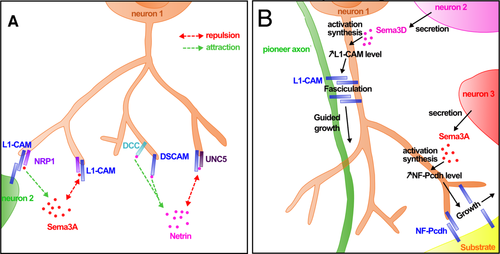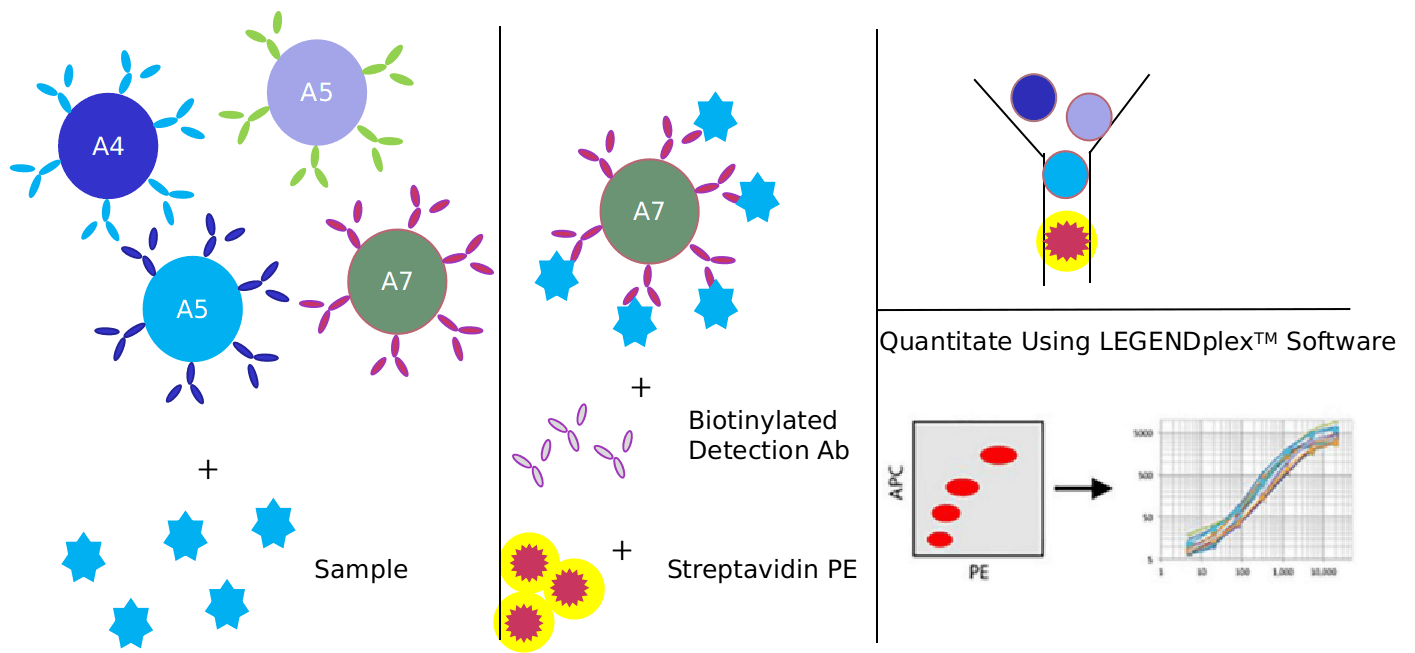Introduction to CAMs signaling pathway
Based on ELISA or flow cytometry technology platform, Creative Proteomics provides analysis services for key targets of CAMs signaling pathway.
Cell adhesion molecules (CAMs) are a group of membrane glycoprotein and carbohydrate molecules that mediate the adhesion of cells to cells or of cells to the extracellular matrix.
Cell adhesion molecules are (glyco)proteins expressed on the cell surface and play a critical role in a wide array of biologic processes that include hemostasis, the immune response, inflammation, embryogenesis, and development of neuronal tissue. There are four main groups: the integrin family, the immunoglobulin superfamily, selectins, and cadherins. Membrane proteins that mediate immune cell–cell interactions fall into different categories, namely those involved in antigen recognition, costimulation and cellular adhesion. Furthermore cell-cell adhesions are important for brain morphology and highly coordinated brain functions such as memory and learning. During early development of the nervous system, neurons elongate their axons towards their targets and establish and maintain synapses through formation of cell-cell adhesions. Cell-cell adhesions also underpin axon-axon contacts and link neurons with supporting schwann cells and oligodendrocytes.

Our detectable targets:
| JAK1 | JAK2 | TYK2 | STAT1 | STAT2 | STAT3 |
| STAT5 | IRAK4 | JNK | MYD88 | Rac1 | TLR4 |
| CREB | IRF3 | MAPK | NAP1 | Rel | TLR9 |
| FADD | IRF7 | Mda-5 | NFκB | RIG-1 | TRAF3 |
| GAS | IRF9 | MEKK1 | p38 | RIP1 | TRAF5 |
| Histone-H3 | IRF5 | MEK3 | p38MAPK | SH2 | TRAF6 |
| IKK-α | IRS1 | MEK6 | p50 | SLP76 | TRAM |
| IKK-β | IRS2 | MSK1 | p65 | Tak1 | TRIF |
| IPS-1 | ISGF3 | MSK2 | PI3K | TBK1 | Vav |
| IRAK1 | ISRE | mTOR | PKR | TLR3 |
Technology platform
We provide Luminex technology for CAMs signaling pathway analysis.
Luminex technology is a multifunctional liquid phase analysis platform developed on the basis of colored microspheres, laser technology, applied fluidics and high-speed digital signal processing technology. The core is to encode polypropylene microspheres or magnetic microspheres with fluorescent dyes. By adjusting the different ratios of the two fluorescent dyes, up to 100 microspheres with different fluorescence spectra can be obtained. Each kind of microspheres is covalently cross-linked. Capture antibodies against specific antigens.
Cell adhesion molecules are widely used in a variety of biological processes including hemostasis, immune response, inflammation, embryogenesis, and neuronal tissue development. They mainly mediate the adhesion of cells to cells or cells to extracellular matrix.
In addition to Luminex Multiplex Assay, Enzyme-linked immunosorbent assay (ELISA), Flow cytometry (FACS analysis) technology can also be provided to meet other customer needs.
Advantages of CAMs signaling pathway detection:
- Good repeatability: similar homogeneous reaction mode, each indicator has 1000-5000 reaction units, and the median value of 100 analysis is taken. High accuracy: the detection range is 35-6 orders of magnitude, which is very strong with ELISA and mass spectrometry.
- High flexibility: specific probes, antigens or antibodies can be connected to the microspheres to meet the needs of different customers.
- High sensitivity: the detection limit can reach 0.01pg/m1.

Application of our service:
- To study the regulation mechanism of CAMs signal pathway in disease
- To study the effect of each virus on CAMs signaling pathway
- To study the effects of drugs or therapies on CAMs signaling pathways
Creative Proteomics has developed a signal pathway target detection platform. We are not limited to providing CAMs signal path detection services, but can also provide other signal path detection services. If you want to detect other targets, please contact us and we will customize the service for you. Look forward to working with you.
References:
- N. Wang. Cell Adhesion Molecules (CAMs). Encyclopedia of the Neurological Sciences (Second Edition). 2018, 27(2): 628-629.
- Emma Kate O'Callaghan, Maria Neus Ballester Roig, et al. Cell adhesion molecules and sleep, Neuroscience Research, 2017, 116, 29-38.



